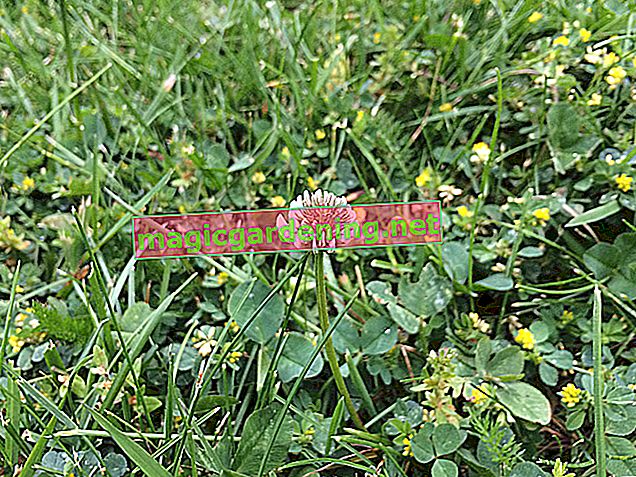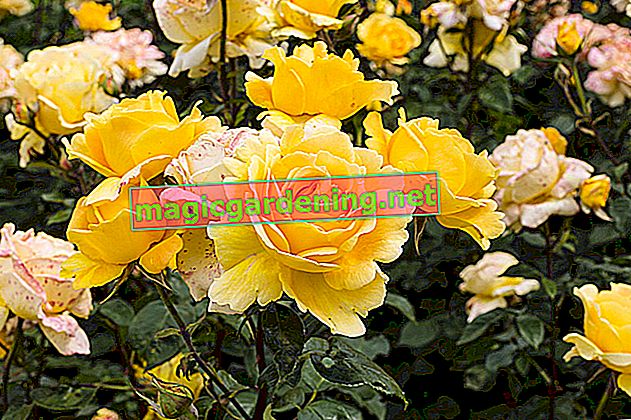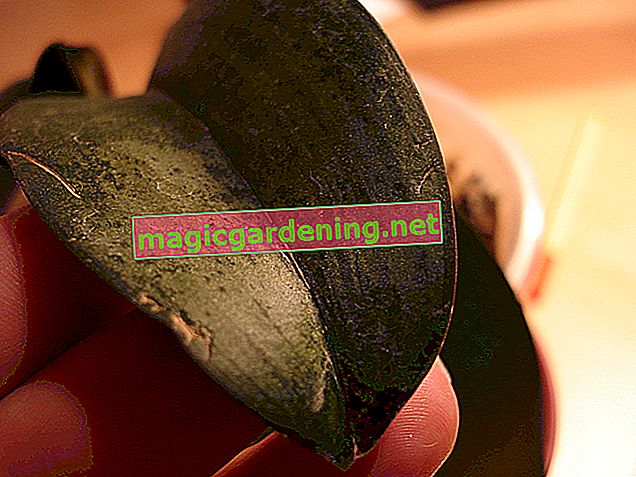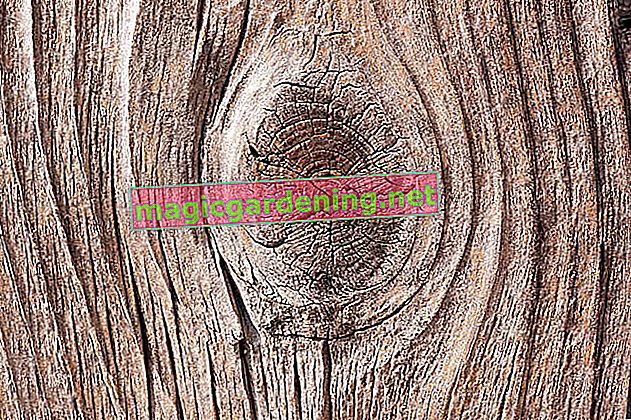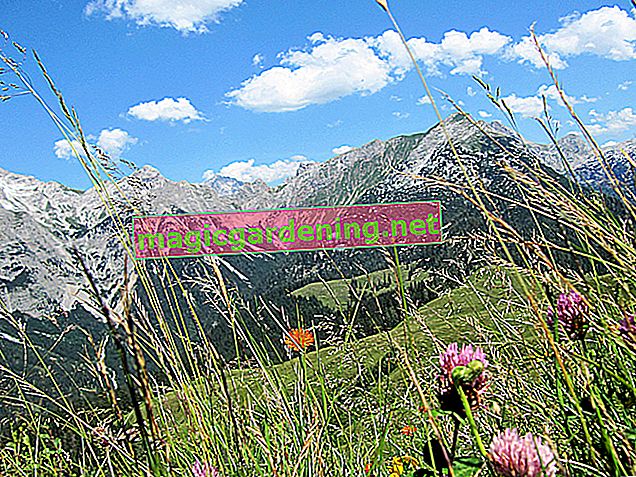
In profile: you should know these facts
- Plant family: buttercups
- Botanical name: Anemone nemorosa
- Origin: Europe
- Habit: herbaceous, ground covering, upright
- Foliage: deciduous, pinnate
- Flowering period: March to April
- Location: partially shaded to shady
- Soil: well drained, humus, rich in nutrients, moist
- Care: undemanding
- Propagation: sowing, dividing the rhizomes
- Special features: poisonous, is under nature protection
Further names, natural occurrence and toxicity
While the wood anemone is known among botanists as anemone nemorosa, it is known regionally under other titles. It is also known under the names of witch flowers, forest anemones, march flowers, fat flowers and old women.
also read
- In which location does the wood anemone thrive?
- Planting wood anemones - specialist knowledge unnecessary
- Pulling a plum tree: all you need to know at a glance
The wood anemone can often be found in deciduous forests. There it likes to grow under the canopy of the leafless trees. Furthermore, it feels extremely well cared for on damp meadows and in floodplains. It is under nature protection throughout Germany.
The wood anemone is known to be poisonous in all parts of the plant. When fresh, the plant is toxic to both humans and animals. Only when the plant parts have dried are they harmless, as the toxin contained is converted during drying. When fresh, the wood anemone damages:
- Digestive system
- Kidneys
- Nervous system
Viewed from the bottom up
A creeping rhizome up to 30 cm long forms in the ground. While it overwinters in the ground, in spring it forms leaves that are pinnate and pinnate with two or three fissures and are deep green in color. Together with its flowers, the wood anemone can reach a height of up to 20 cm.
The flowering season of the wood anemone lasts from March to April / May. Usually one flower appears per plant. It is star-shaped and colored white, pink, purple or blue. At night and when it rains, the flower head tilts towards the ground. It produces 20 single-seeded follicles that are reminiscent of small nuts.
Location and maintenance requirements
The low location requirements make the wood anemone a welcome guest in the garden. It prefers to grow where other flowers do not grow - in partial shade to light shade. Two hours of sun a day are enough for him.
This plant does not necessarily need fertilization. She shouldn't get a cut either. Otherwise there is a risk that it will die. Only pouring is important to them. From February / March, the soil should be kept moist under her. The wood anemone can handle dry times well.
The wood anemone can easily be multiplied with the help of its underground rhizomes. These can be dug up in winter and cut in pieces and replanted in other places. In addition, the plant reproduces quickly via self-sowing.
Tips & Tricks
Due to the small number of flowers (1 per plant), the wood anemone only appears expressive when planted in groups.

